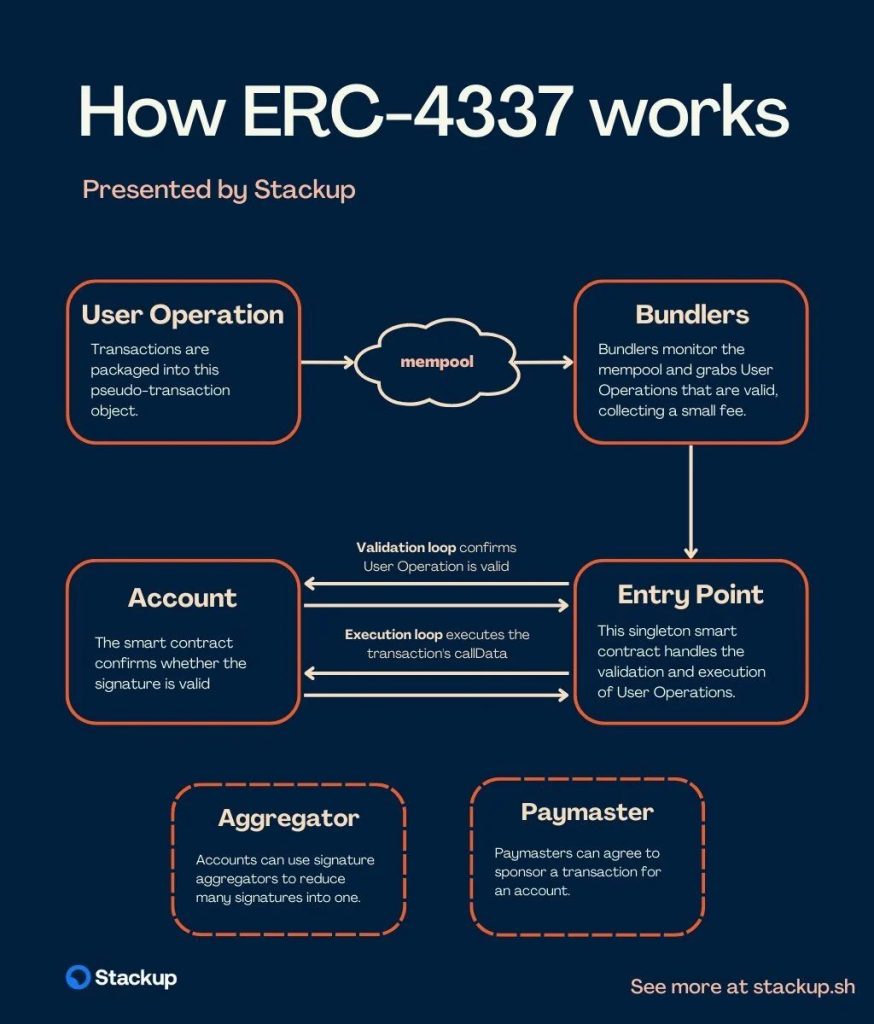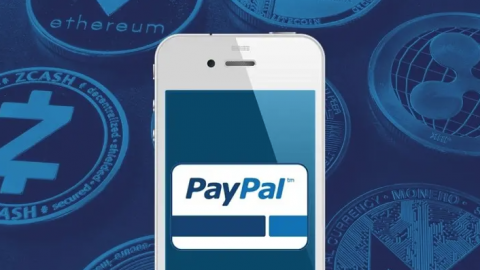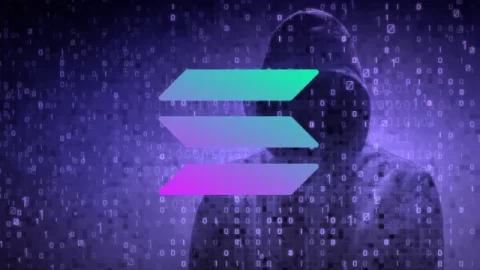Table of Contents
- What are EIP-4337 and ERC-4337?
- Benefits of EIP-4337 and ERC-4337
- What is Account Abstraction?
- The Big Idea: Contract Accounts and EOAs
- The Benefits of Account Abstraction
- Conclusion: Bringing DApps to a Mainstream Audience with Account Abstraction
Key Summary
- EIP-4337 and ERC-4337 aim to simplify the user experience on the Ethereum network
- Account abstraction enables smart accounts to replace externally owned accounts (EOAs)
- ERC-4337 offers benefits such as standard user onboarding and multi-factor authentication
- Account abstraction provides improved privacy, security, and lower transaction fees
- Contract accounts offer greater flexibility in functionality compared to EOAs.
Written by Werner Vermaak for CoolWallet
This article is for educational and entertainment purposes only and is not financial advice of any kind. All opinions are that of the author only. Do your own research when investing in a hardware wallet to best secure your crypto assets.
Introduction
No matter if you’re new to the world of cryptocurrency or an experienced DeFi degen, Ethereum can seem complex and confusing at times, especially when managing a non-custodial wallet where you need to save and protect your own private key. With new sectors like DeFi, NFTs and Web3 still only a couple of years old, the Ethereum experience, like with other blockchains, can be a bit jarring and overly complex at times, making it hard to truly reach a mainstream audience that wants one-click Web2 convenience for everything.
However, Ethereum is taking steps to make it more accessible with the introduction of EIP-4337 and ERC-4337. Let’s explore what they are, why they’re important, and how they will benefit Ethereum and its users.
What are EIP-4337 and ERC-4337?
EIP-4337 is a proposed solution to the issues with user experience in web3. It aims to improve the user account system in the Ethereum ecosystem by abstracting user accounts and enabling wallets to become smart contracts.

ERC-4337 conversely is a standard that builds on EIP-4337 to make wallets synonymous with smart contracts, also offering enhanced security and functionality compared to existing token standards such as ERC20. It offers several benefits over External Owned Accounts (EOAs), which are Ethereum’s standard accounts that are controlled by a private key. EOAs are risky and easy to lose access to, making them unreliable and a very costly mistake in the making if you don’t follow our guidelines on how to keep your private key secure.
Case in point: A few very sad crypto private key horror stories that send shivers down the blockchain.
In contrast, smart contract wallets remove the need for users to use EOAs for transactions and can offer more use cases, such as permission controls, batch transactions, and account recovery.
How does ERC-4337 work?

ERC-4337 will introduce access controls, which provide developers with the ability to set permissions for token transfers and other actions, boosting security. The standard also introduces a flexible token supply model, which enables developers to create tokens with a variable supply, catering to the requirements of dApps that require dynamic token supply.
Furthermore, ERC-4337 allows developers to define custom token metadata, which can include additional information about tokens, making it useful for dApps that rely on more complex token structures, such as NFTs.
Benefits of EIP-4337 and ERC-4337
Still confused? Let me dumb it down for you a bit more:
EIP-4337 is an Ethereum improvement proposal that can simplify interacting with the network and change how users access the Ethereum network, removing the need for a private key.
Here are 3 benefits that EIP4337 will bring for Ethereum users.
Lower Fees
One of the major benefits of EIP-4337 is that it reduces gas costs for smart contract interactions. In simple terms, it means that users would have to pay less for using Ethereum.
Improved User Experience
With account abstraction, users can use smart contract wallets instead of EOAs. This would make it easier to interact with Ethereum, removing the need for users to control their accounts with a private key.
Increased Accessibility
If EIP-4337 is approved and implemented, it has the potential to revolutionize the way users interact with the Ethereum ecosystem, making it more accessible and user-friendly. This means that more people, including those who aren’t tech enthusiasts, can use Ethereum.
Does EIP4337 have any cons?
Limited Adoption
Since ERC-4337 is a new token standard, it has not yet been widely adopted by the Ethereum community. As a result, developers may be hesitant to use it until it gains more traction and support.
Backward Compatibility
ERC-4337 is not backward compatible with other token standards, meaning that developers may need to make significant changes to their existing dApps to incorporate this new standard. This can result in additional development time and costs.
Increased Complexity
The additional features of ERC-4337 may increase the complexity of dApp development, which could make it more challenging for developers who are not familiar with the new standard. This complexity may result in longer development times and a steeper learning curve for developers.
What is Account Abstraction?
Account abstraction is a concept in blockchain technology that enables wallets to become synonymous with smart accounts, allowing for simpler and more efficient interactions with the blockchain.
Ethereum has two types of accounts:
- Contract Accounts and
- EOAs.
Contract Accounts are smart contracts that are controlled by code, while EOAs are controlled by users. Transactions on Ethereum require an EOA to sign and pay gas fees.
The key idea behind account abstraction is to enable users to use smart contract wallets instead of EOAs. This would make it unnecessary for Ethereum users to control their accounts with a private key, which is a significant drawback to building decentralized applications.
5 Benefits of Account Abstraction
Account abstraction offers several benefits to Ethereum users, which can seem a bit overly technical. These include:
- Improved User Experience:
Account abstraction is the most promising solution to address UX issues. It enables creating wallets for users under the hood when they sign up for an app, simplifying the process.
- Lower Risk:
Smart contract wallets remove the need for users to control their accounts with a private key, making it easier for users to interact with the Ethereum ecosystem without the risk of losing access to their accounts.
- Improved Flexibility:
Smart contract wallets offer more use cases, such as permission controls, batch transactions, and account recovery, compared to EOAs.
- Reduced Transaction Fees:
User Operations are stored in an “alt mempool” waiting room for unconfirmed transactions. Bundlers can pick up user operations and package them into a single transaction, reducing transaction fees.
- Improved Security:
Each smart contract wallet must implement a function called “validateUserOp” to verify the operation’s signature and pay the fee if valid.
The Future of Ethereum post-EIP4337
How will Account Abstraction Bring Ethereum DApps to a Mainstream Audience?
With the introduction of EIP-4337 and ERC-4337, Ethereum is taking a huge step towards bringing decentralized applications (Dapps) to a mainstream audience. Let’s go over the need-to-know things about EIP4337 and account abstraction again.
Account abstraction is a proposed solution to the issues with user experience in web3. It enables users to use smart contract wallets instead of EOAs, which are too limited for mainstream adoption, simplifying the process and reducing risk. With several benefits, including lower transaction fees and improved security, account abstraction is a game changer for web3, making decentralized applications more accessible to a mainstream audience.
Account abstraction is a game changer for web3, making DApps more accessible to a mainstream audience. By enabling everybody to use web3 Dapps, not just tech enthusiasts, it offers a promising solution to the significant drawback of poor user experience, making it easier for users to interact with the Ethereum ecosystem. For example, session keys for web3 games can be used without signatures on each transaction and team wallets with tiered permissions can be used for decentralized applications.
Conclusion
Overall, EIP-4337 is a powerful improvement that provides several benefits to Ethereum users and developers and will help it to reach true mainstream adoption by removing the need for private key management through account abstraction.
It also offers improved privacy and security, lower transaction fees, greater flexibility and efficiency, and simplified contract deployment. As the Ethereum network continues to evolve, it is likely that we will see more widespread adoption of this feature, and more innovative use cases for smart contracts that leverage its capabilities.
Frequently Asked Questions
- What is EIP-4337?
EIP-4337 proposes account abstraction, making wallets synonymous with smart accounts.
- What is ERC-4337?
ERC-4337 is an Ethereum standard that enables wallets to become smart accounts.
- How are ERC-4337 and EIP-4337 different?
EIP-4337 proposes a means of account abstraction, while ERC-4337 builds on EIP-4337 to make wallets synonymous with smart accounts.
- When was EIP-4337 announced?
EIP-4337 was proposed on September 29, 2021.
- When will EIP-4337 be implemented?
The implementation of EIP-4337 is currently under discussion and has not been finalized.
- What is account abstraction?
Account abstraction enables wallets to become synonymous with smart accounts.
- What are EOAs?
EOAs are Ethereum’s standard accounts that are controlled by a private key.
- What are Contract Accounts?
Contract Accounts are smart contracts that are controlled by code.
- Why is account abstraction important?
It offers improved privacy and security, lower transaction fees, and greater flexibility.
What are the benefits of ERC-4337?
ERC-4337 offers standard user onboarding, easy implementation, and multi-factor authentication.
How does account abstraction simplify smart contract deployment?
It enables the creation of contracts that are easier to deploy, maintain, and upgrade.
What are the risks associated with EOAs?
EOAs are risky and easy to lose access to, making them unreliable.
What is the role of bundlers in account abstraction?
Bundlers can pick up user operations and package them into a single transaction.
How does account abstraction reduce gas fees?
Gas fees are based on the complexity of the smart contract code, which will be reduced through account abstraction.
Why is account abstraction a game changer for web3?
It enables everybody to use web3, not just tech enthusiasts.



